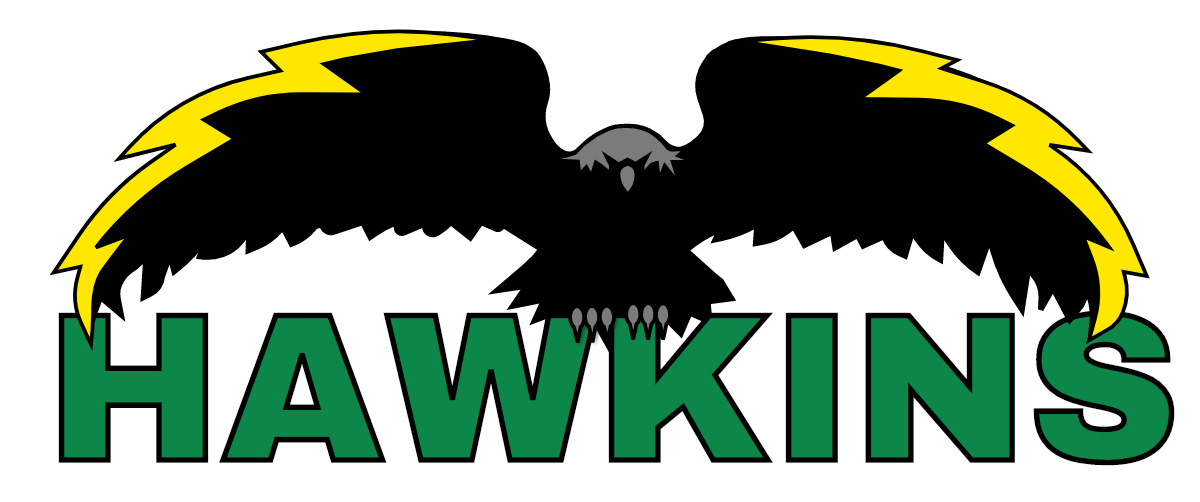In order to meet elevated awareness levels for safety, in the utility and transmission line industry, Hawkins is proud to provide services for dielectric testing of insulating rubber goods and tools. Our testing services meet all OSHA and ASTM compliance standards.
In June of 2020, Hawkins Safety opened our own dielectric testing lab and we are offering FREE pickup and delivery for customers within 150 miles of our facility.
*Services may vary based on Order Size, Distance, and Schedule*
**DISCLAIMER: HAWKINS TEST LAB WILL RENDER ALL RUBBER GOODS UNUSABLE IF THEY SHOULD FAIL THE DIELECTRIC TEST OR VISUAL INSPECTION UNLESS SPECIFICALLY REQUESTED OTHERWISE**
Want to schedule a pickup for your rubber goods?
Please complete our on-boarding form in the link below, and someone will be in touch with you shortly to coordinate the pickup.
Remember, we offer a pickup and delivery service to customers within 150 miles of our testing facility.
What do we mean when we say rubber goods and insulating tools?
Take a look!
Lineman’s Rubber Sleeves
Rubber insulating sleeves cover from the cuff of the rubber glove up to the shoulder to provide you with additional protection from accidental contact with energized equipment, tools, or conductors. Sleeves should be cared for in a similar manner as insulating rubber gloves or rubber blankets in regards to exposure to elements, chemicals, and maintaining their cleanliness.
Lineman’s Gloves and Mittens
OSHA states “…the gloves and sleeves must be electrically tested at regular intervals of not more than 6 months for gloves and 12 months for sleeves. (See ASTM F496, Standard Specification for In-Service Care of Insulating Gloves and Sleeves for some appropriate test methods.) When gloves and sleeves are used regularly, best practice is to test as frequently as monthly.”
SAFETY BLANKETS AND PROTECTIVE BARRIERS
Barriers or insulating covers can be used to prevent worker contact with energized parts. These barriers and insulating covers, which are designed for the primary purpose of protecting against the contact and electrocution hazard, can also sometimes reduce the exposure to or effects of an arc blast, or arc flash. When used to insulate live parts from possible contact with tools or metallic objects, barriers can prevent an electric arc from occurring in the first place. In the event of equipment failure, thoroughly secured heavy blankets can also limit the effects of the arc blast or flash.
HOTSTICKS, SHOTGUN STICKS, AND SWITCHSTICKS
OSHA states “Live line tools (for example, hotsticks, switchsticks, shotgun sticks) must be wiped clean and inspected for defects before each day's use. The "269" standard (1910.269(j)(2)) requires that if any potential defect is found, the live line tool must be removed from service for formal examination and testing. When live line tools are used as primary protection, they must be removed from service at least every 2 years for examination, cleaning, and any required testing. Repaired tools must be retested.”
Insulating Line Hose
Line hose is a secondary protection device used by lineman to help insulate them from the hazards of the wires. Line hoses can be stacked end-to-end and can be ordered in different class
**DISCLAIMER: HAWKINS TEST LAB WILL RENDER ALL RUBBER GOODS UNUSABLE IF THEY SHOULD FAIL THE DIELECTRIC TEST OR VISUAL INSPECTION UNLESS SPECIFICALLY REQUESTED OTHERWISE**







